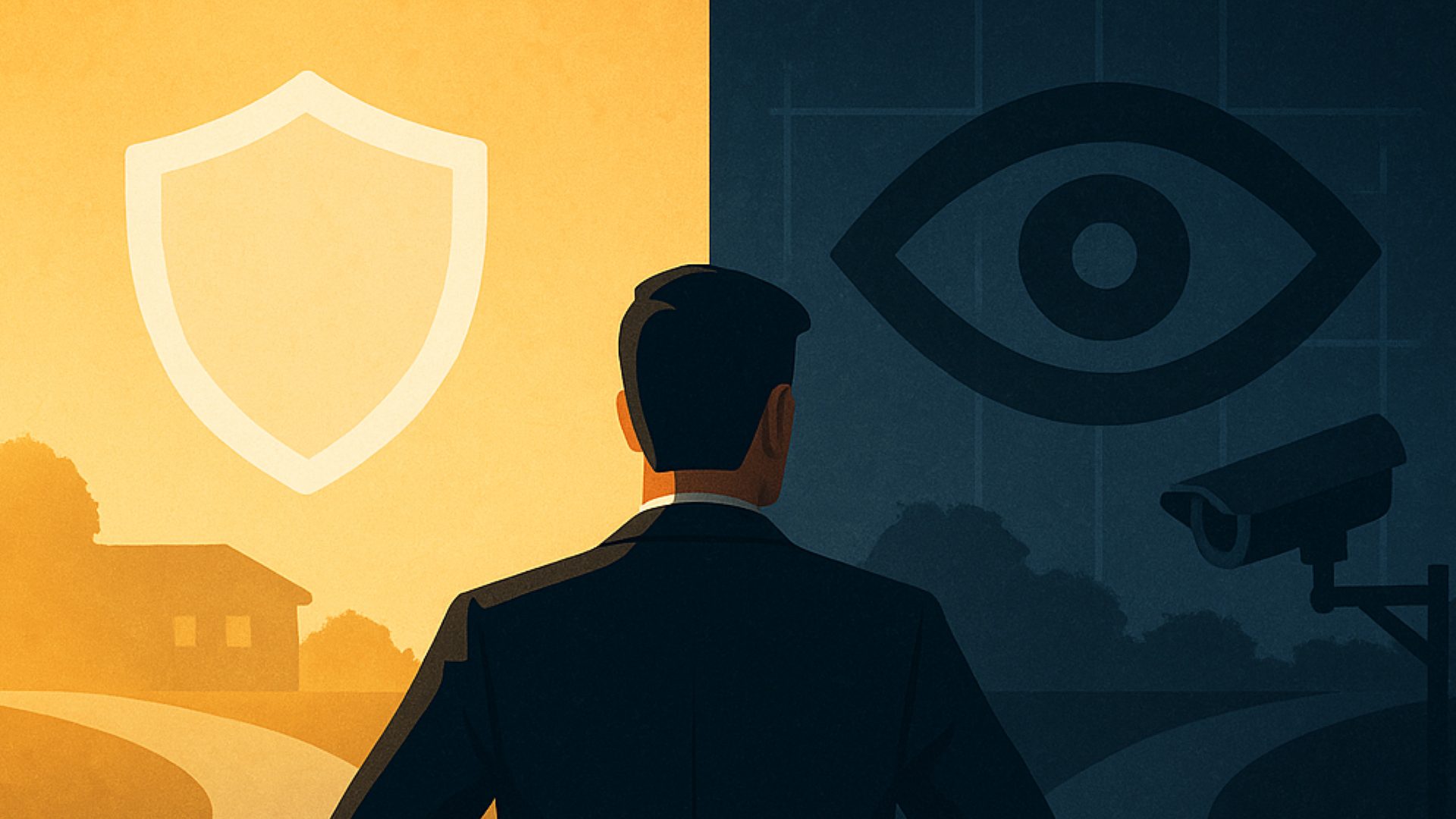Executives today are caught in a storm of headlines warning against surveillance and facial recognition. The fear is often painted in stark terms: Big Brother is watching. But the truth is more nuanced—and far more important for leaders to grasp.
Facial recognition, like any technology, is neither inherently good nor bad. Its impact depends entirely on how—and why—it’s deployed. Used responsibly, it can be one of the most effective tools to strengthen safety, streamline secure access, and give employees peace of mind. Used poorly, it becomes a tool of control, eroding trust and feeding the very fears critics warn about. The difference lies not in the cameras or algorithms, but in the leadership decisions behind them.
Consider the contrast:
- When facial recognition secures a facility, authenticating employees seamlessly and flagging unknown individuals without ever attaching personal identities, it creates safety without intrusion. Data is temporary, anonymous, and only recalled if something truly happens. This is technology as a shield.
- On the other hand, when the same technology is repurposed to track lunch breaks, attendance, or productivity, it feels less like security and more like surveillance. Instead of fostering confidence, it fosters resentment.
As leaders, your responsibility is to cut through fear mongering and ground decisions in values. Ask: Is this deployment protecting my people? Does it respect their dignity and privacy? Does it make their lives better, not just my operations easier?
The irony is this: in a world where security risks are real, failing to adopt responsible surveillance technologies can be just as irresponsible as overusing them. Ignoring tools that could protect your workforce doesn’t shield you from criticism—it exposes your people to avoidable risks.
The call to action is clear: choose the right technology, deploy it transparently, and align it with your organization’s responsibility to both protect and empower. Surveillance isn’t the villain. Leadership without foresight is.


